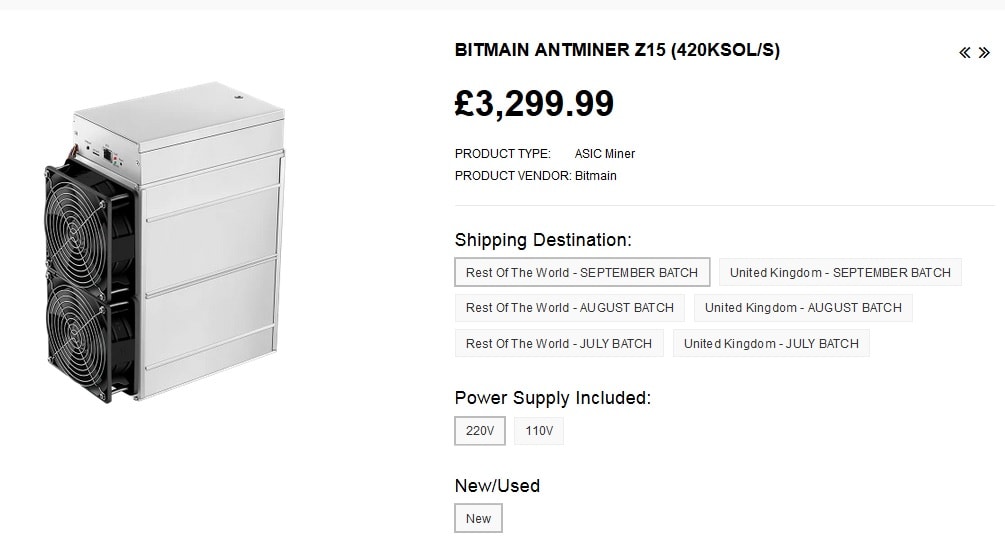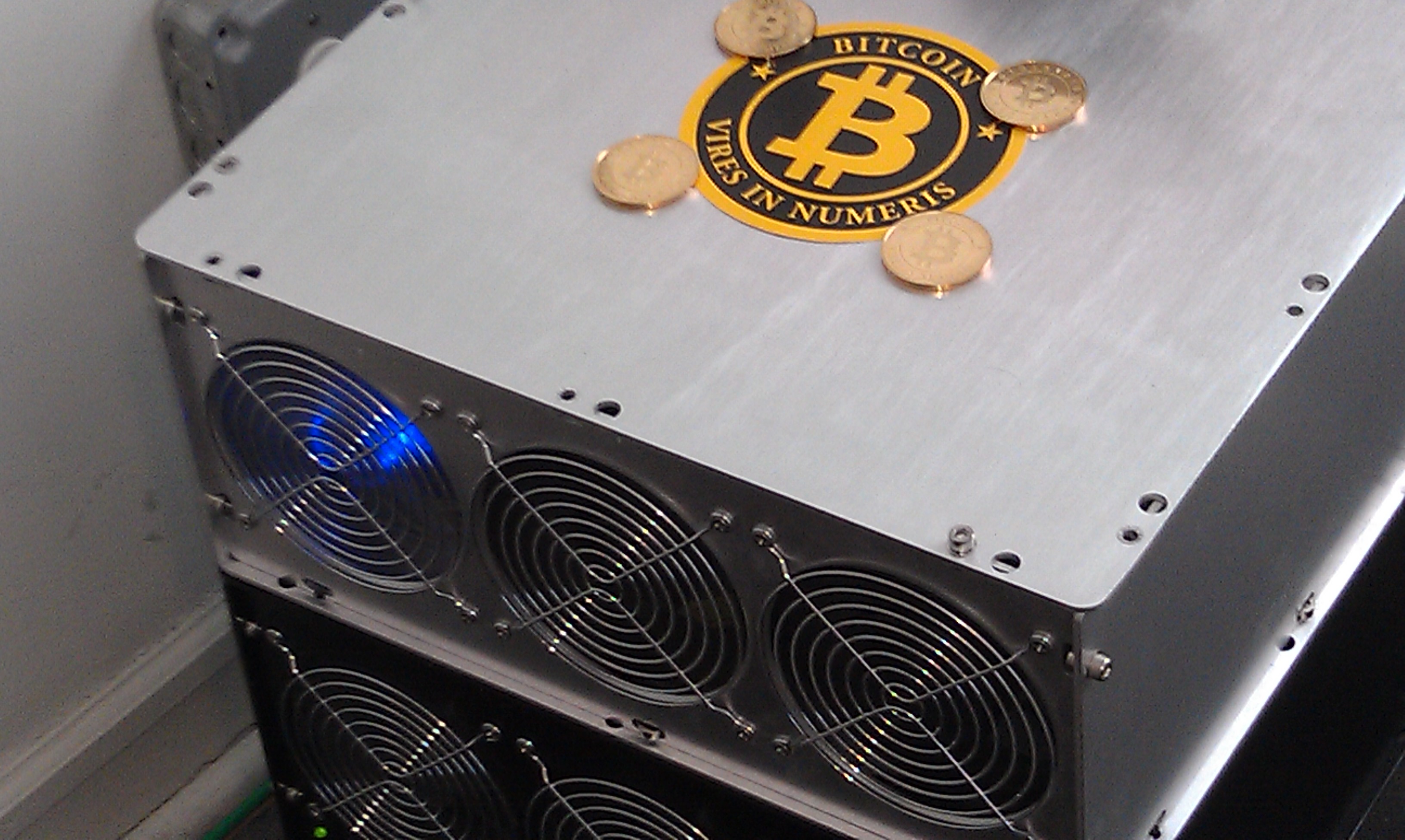

But however green the energy, miners still can’t escape a dilemma as old as picks and shovels: how to extract resources without marring the landscape. They now use more electricity than all of Iceland’s homes combined, with electric bills at Enigma running more than $1 million per month. In 2016, large data centers accounted for nearly 1 percent of its GDP, with cryptocurrency mining operations making up 90 percent of those.

The displayed values are the pool's relative sizes based on the network: Small: less than 2%, Medium: 2%-10% Large: greater than 10% of the network. Over time, as the network grows, so does most pool's hash rates.

The pool's total hash rate is very dynamic on most pools. It is a theoretical security issue if one pool gains above 50% of the total computational power of the network, thus consider joining a pool based on other metrics. ↑ 1.0 1.1 Note that pool hashrate is largely irrelevant but can be seen as a popularity measurement.BTC China (described as SPV mining, but they're performing effective valiation).The following pools are believed to be currently fully validating blocks with Bitcoin Core 0.9.5 or later (0.10.2 or later recommended due to DoS vulnerabilities): Miners doing this have already lost over $50,000 USD during the 4 July 2015 fork and have created a situation where small numbers of confirmations are much less useful than they normally are. The following pools are known or strongly suspected to be mining on top of blocks before fully validating them with Bitcoin Core 0.9.5 or later. They are listed for historical purposes only.ĬRW, DVC, HUC, I0C, IXC, XMY/MYR, NMC, SYS, UNO, TRC, ARG, EMC The following pools were once operational but have since shut down. Merged mining can be done on a "solo mining" basis īTC, DASH, ZEC, ZEN, DCR, SC, XMR, LBC, ARRR & KMD The following mining pools are still running and paying out their users: It will increase the miners' earnings by sharing some of the transaction fees.Ī statistically valid analysis of some pools and their payout methods: Bitcoin network and pool analysis Calculate a standard transaction fee within a certain period and distribute it to miners according to their hash power contributions in the pool. Similar to PPS,but not only divide regular block reward (6.25 BTC for now) but also some of the transaction fees. Like Pay Per Share, but never pays more than the pool earns. (at slush's pool C=300 seconds, and every hour scores are normalized) Rewards are calculated proportionally to scores (and not to shares). This makes later shares worth much more than earlier shares, thus the miner's score quickly diminishes when they stop mining on the pool. For each share score is updated by: score += exp(t/C). Each submitted share is worth more in the function of time t since start of current round. Score - Score based system: a proportional reward, but weighed by time submitted.Like SMPPS, but system aims to prioritize the most recent miners first. RSMPPS - Recent Shared Maximum Pay Per Share.When block is found, the reward is distributed among all workers proportionally to how much shares each of them has found. It is risky for pool operators, hence the fee is highest. Since finding a block requires shares on average, a PPS method with 0% fee would be 6.25 BTC divided by. Each submitted share is worth certain amount of BTC. Similar to PPLNS, but shares are grouped into "shifts" which are paid as a whole. PPLNSG - Pay Per Last N Groups (or shifts).Similar to proportional, but instead of looking at the number of shares in the round, instead looks at the last N shares, regardless of round boundaries. A high variance PPS variant that pays on the difficulty of work returned to pool rather than the difficulty of work served by pool Like SMPPS, but equalizes payments fairly among all those who are owed. ESMPPS - Equalized Shared Maximum Pay Per Share.Operator receives portion of payout on short rounds and returns it on longer rounds to normalize payments. A hybrid between PPLNS and Geometric reward types that enables to operator to absorb some of the variance risk. CPPSRB - Capped Pay Per Share with Recent Backpay.


 0 kommentar(er)
0 kommentar(er)
